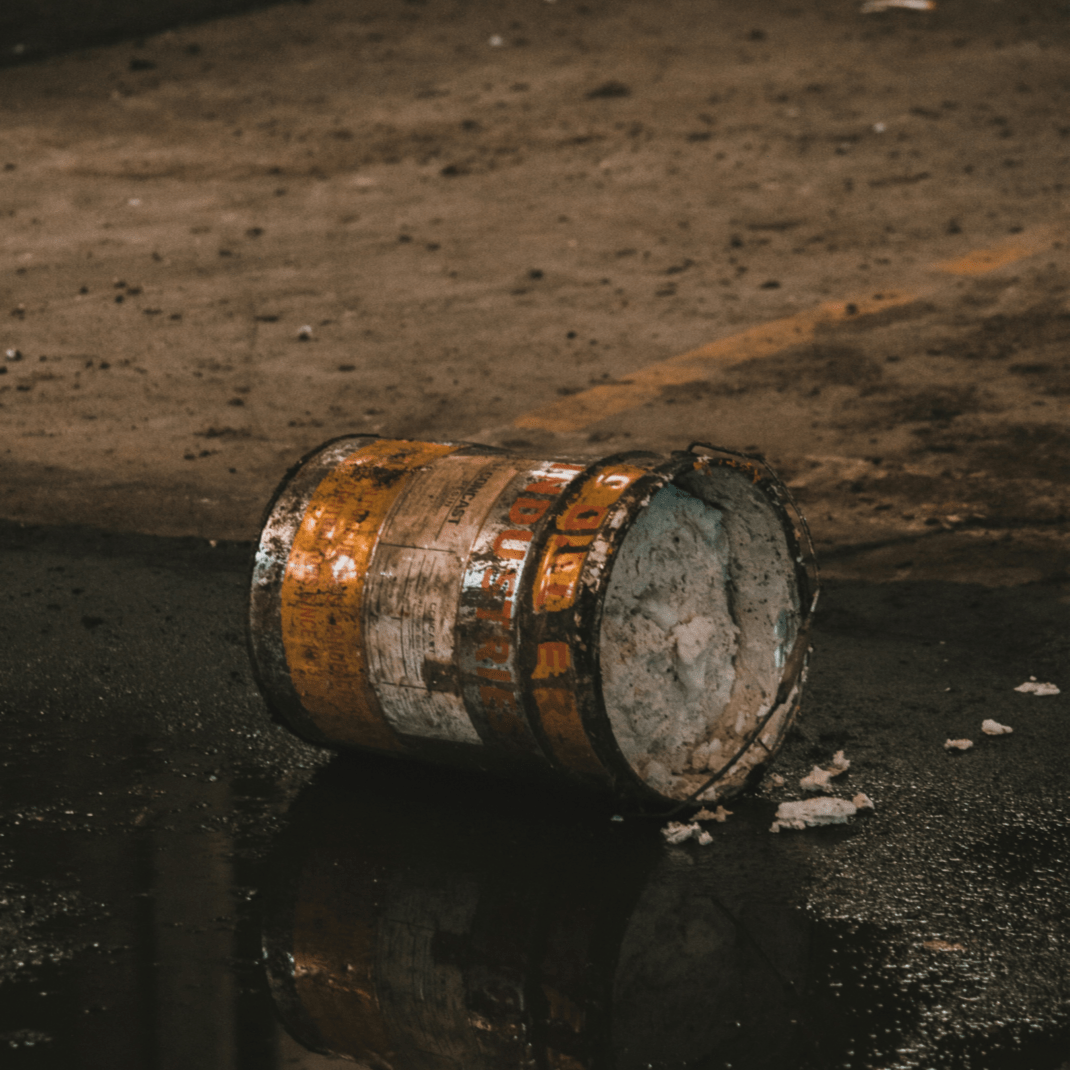
PAH - Polycyclic Aromatic Hydrocarbons
- In stock, ready to ship
- Backordered, shipping soon
Analysis of PAHs - Polycyclic Aromatic Hydrocarbons
Are you looking for a PAH analysis? Look no further, because you've come to the right place!
| Analyzed parameters |
| naphthalene |
| acenaphthylene |
| acenaphthenia |
| fluorene |
| phenanthrene |
| anthracene |
| fluoranthene |
| pyrene |
| benzo(a)anthracene |
| chrysene |
| benzo(b)fluoranthene |
| benzo(k)fluoranthene |
| benzo(a)pyrene |
| dibenzo(ah)anthracene |
| benzo(ghi)perylene |
| indeno(1,2,3-cd)pyrene |
The importance of analyzing polycyclic aromatic hydrocarbons (PAHs)?
Polycyclic aromatic hydrocarbons (PAHs) are chemical elements that are commonly found in soils. They come from industrial activities, waste storage, and pesticide use. When present in large quantities, these elements can be hazardous to the health of humans and animals.
The Importance of PAH Analysis for Your Soil
PAH testing not only detects these elements in your soil, but also helps you locate impacted areas. It also helps assess environmental risks. As a result, it's an essential step in understanding the condition of your land and protecting public health.
Fast and reliable analysis
The analysis begins with a soil sample. The samples are then sent to a COFRAC-accredited laboratory, guaranteeing reliable and compliant results. You'll then receive your results in less than 10 days. This way, you can quickly respond to pollution and take the necessary measures.
The benefits of analyzing PAHs
There are many benefits to analyzing PAHs in your soil.
- First, it helps protect public health by reducing the risks of exposure to hazardous substances.
- Additionally, this analysis helps you identify contaminated areas, allowing you to precisely locate the areas to be treated.
- Make informed decisions : You can manage and remediate polluted soils more effectively.
For a healthier and more sustainable future
By conducting a PAH analysis, you help protect the environment. You also help make the environment healthier for everyone. Finally, proactive management of polluted soils is necessary for a sustainable and balanced future, both for nature and for future generations.
Order your PAH analysis today
Don't wait any longer to protect your soils. Order your polycyclic aromatic hydrocarbon (PAH) analysis now. By taking action today, you'll be able to take effective measures. This will help you ensure healthy soils and, consequently, protect the environment.
Dimensions:
Reusable collection kit box: 20cm x 18cm x 10cm weighing approximately 110 grams.
The test kit includes a sample collection bag, instructions, shipping box, and prepaid postage.
Nothing could be simpler!
- Take your soil sample: Dig the area to be analyzed to a depth of 30 cm. To ensure the sample is representative, dig in several places on your plot.
- Condition your soil: Mix the collected soil in a clean bucket to obtain a homogeneous sample, then fill the provided bag, avoiding stones, leaves, or wood. Make sure it is tightly sealed and does not exceed 500g.
- Send your sample: Place the collection bag in the reusable shipping carton. Affix the provided DHL label to the package. Seal the box using the provided tape. Take your package to the nearest DHL Express point.
The analysis kit is quick and easy to use. You will receive a detailed, digital, concise, and easy-to-understand report. You will not only receive information on the quality of your soil, but also tailored advice on how to improve it.

